A Force of Nature: Wildfire and Its Wake
Written by Jason Schein and Dr. Rick Schmidt, both of whom witnessed the 2021 Robertson Draw Fire of Red Lodge.
Jason Schein:
“Along with so many others, I watched the Robertson Draw Fire grow, in a matter of minutes, from an isolated range fire to a mountain-consuming monster, threatening to devour homes, town, even our beautiful basecamp at the YBRA (Yellowstone-Bighorn Research Association). Once the fire was largely extinguished and the immediate threat gone, that fear was replaced by a profound sense of loss and sadness. Mount Maurice, the gateway to the Beartooth Mountains, would never again in our lifetimes, be as it was before. A charred, lifeless moonscape was all that remained.
But of course, that’s how we humans see it. Nature, however, has other plans. As many people may know, fire is an expected, natural part of the process out here. What many don’t realize, though, is how important fire is to the ecosystem, so I want to be very clear: wildfires aren’t just important to these western landscapes and ecosystems, they are essential. Nature out here doesn’t just tolerate the fires - it requires fire.
Fire ecology, an entire branch of science dedicated to understanding fire’s role on the landscape, provides us with countless examples of species that require fire for their very survival. Black-backed woodpeckers, for example, exist almost exclusively in recently-burned areas, feasting on wood-boring beetles that swarm to these still-smoldering fires to lay their eggs. Countless species of sun-loving grasses, sedges, wildflowers, and shrubs, including huckleberry and the aptly-named fireweed, colonize these newly-burned areas almost as fast as the beatles. Even trees get in on the action. Ponderosa pines have thick, scaly bark that falls away when heated by a fire, thereby keeping the fire on the ground to burn away its understory competitors. Other pines, like lodgepoles, have tightly-packed cones that only open and spread their seeds when heated by fire.
Without a doubt, watching Mount Maurice burn was devastating to all who love the area. But it’s important to remember that nature is never static. Nature is a process, and constant change is an integral part of that process. Fire is as much a part of this ecosystem as the trees, fireweed, and bears. So instead of being sad when I look at Mount Maurice’s skeleton forests, now I feel privileged that I get to witness rebirth on such a grand scale.”
Rick Schmidt:
“While wildfire is a natural and essential part of many ecosystems especially in the West, the impact of humans both in terms of our clear link to climate change and just a natural desire to live and experience the wilder parts of our country continues to raise the stakes when it comes to loss of life and property. Since 2000 when the U.S. broke the one billion acre burned mark, we have continued to wildfire burn at least one billion all but four of the years with our five-year average at nearly 2.5 billion acres. These increased fire events also hit home in the wallet with the five-year average suppression costs ringing in at $2.8 billion.
Humans are largely responsible for the bulk of the nation’s wildfires with one U.S. Forest Service report citing 85% culpability between 2000-2017. The Robertson Draw fire of 2021 that nearly burned us right off of Mt. Maurice is a perfect example of just such an incident. On the flip side, our love of nature and a desire to escape the confines of urban and suburban sprawl has created a growing desire to live closer to nature which inadvertently raises our chances of becoming victims of it. This often-stark boundary between human populations and undeveloped nature is known as the Wildland Urban Interface (WUI) and is a huge concern for the nation’s firefighting agencies and disaster planners. In Montana and Wyoming, the home states for our paleontological work, between 60% to 80% of all residences exist within this boundary.
So, what can the average person do? Be responsible; that’s what we can do. If you’re camping, fully extinguish your fires. Refrain from smoking outdoors. Any open burning of yard waste or the like should be directly monitored by someone with a means to extinguish it standing by. Understand what Red Flag Warnings mean when they are posted by the National Weather Service and obey fire restrictions when they are in place.
As I am writing this, I still remember the Smokey the Bear commercials that used to be on TV from when I was a child that ended with the jingle: ‘Only you can prevent forest fires’. Now as a veteran firefighter with 36 years in the line of duty, I can tell you it’s still true.”



